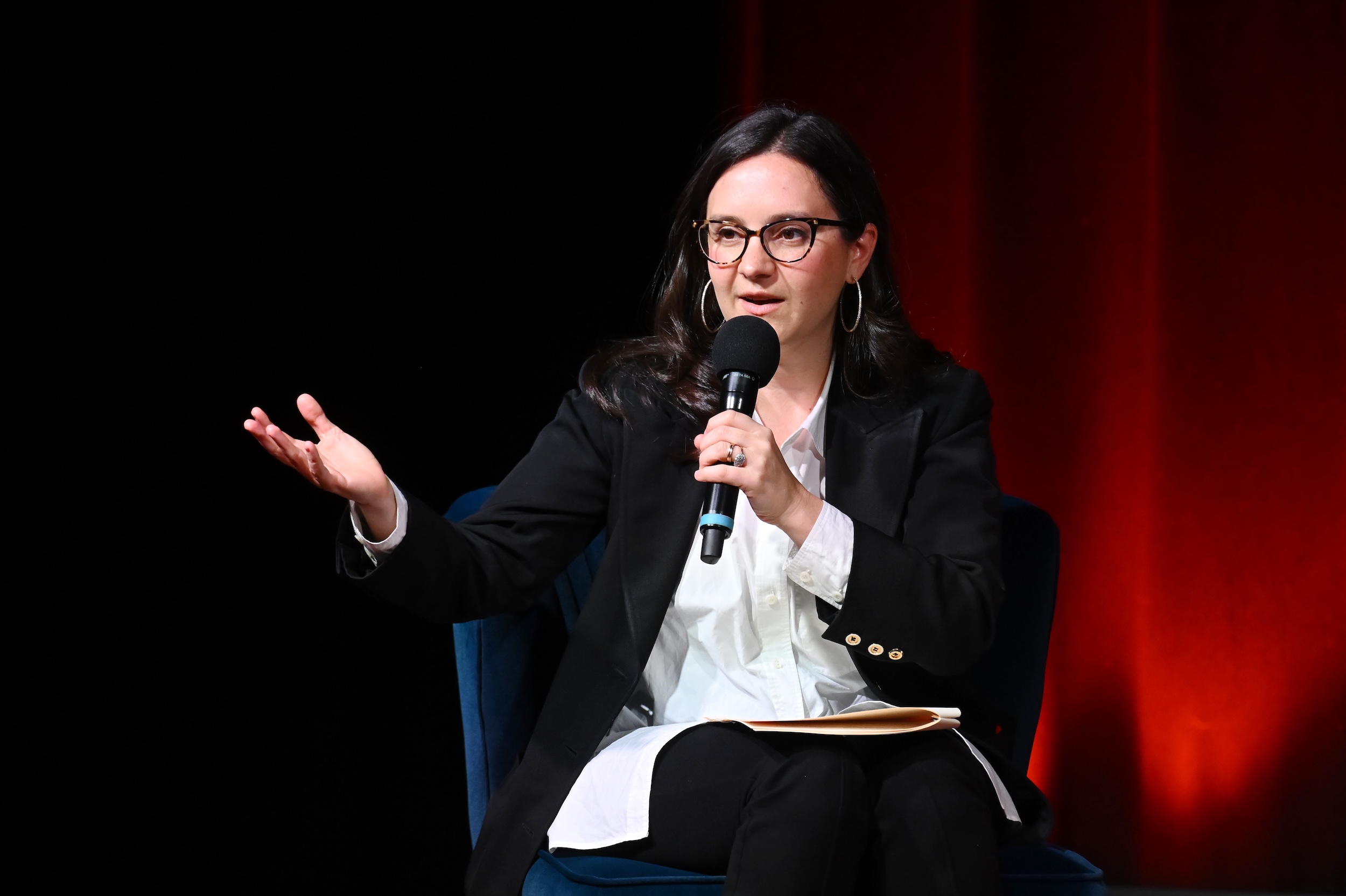Per reports from the Telegraph and the Athletic, the International Football Association Board is set to announce on Friday the forthcoming armament of referees with a new card: a blue one. A sort of quasi-red-yellow hybrid card, the blue will be issued for breaking up a "promising attack" or screaming at the referee; a player shown this card will be sent off the pitch and into the "sin bin" (this feels like purposefully goofy language, but that's British English for you) for 10 minutes, where they will have to watch as their team goes penalty-killing mode. Next year's FA Cup will reportedly be the first trial ground.
Blue cards exist in other sports, sort of. Rugby has a card with a similar function, but it is yellow; Gaelic football's is black. Handball has a blue card, but it is even more severe than a red. Youth competitions in England and Wales have been trialing them for a few years, per the Athletic, with apparent success. While the on-field goal is to more harshly penalize infractions that aren't obvious reds—Giorgio Chiellini's infamous shirt-yank on Bukayo Saka in the Euro 2020 final, linked below, was raised as a textbook blue-card foul—a big motivation here is to curb the alleged epidemic of players getting into referees' faces. Take it from a right-wing rag like the Telegraph, which quotes an IFAB source who said players getting into it with referees "might be the cancer that kills football."
I don't care about players yelling at referees, and I don't want referees to have more artistic license to either interpret plays or discipline players, so there's a lot to be skeptical about here. Soccer is such a flow sport, and a huge part of what makes it great is its simplicity: a set number of substitutes, a relatively circumscribed time of play, and an extremely small, clear set of disciplinary guidelines. Tasking Anthony Taylor and his cohort with the ability to hand out power plays because a guy gets in their face is, at best, annoying, and giving them more opportunities to intervene in the otherwise continual game is moving in the wrong direction.
On the other hand, the gulf between yellow and red cards is wide, and something like that Chiellini play is an actually useful example of a time when a blue card would have been the fair decision at a huge moment. The true enemy of soccer aesthetics, non–David Moyes division, is VAR, and there's a world where blue cards for marginal plays avert the nausea of lengthy VAR checks for reds. Fewer VAR checks and fewer match-ruining red cards—depending on how the borders between blue, yellow, and red get adjudicated once this is implemented—would help flow. I could also see a scenario where players commit more breakaway-ruining fouls, knowing they're likely to get a blue instead of a red. Again, it's all extremely nebulous, and won't be in the Premier League for a few years at the earliest. The only definite takeaway is that the card should have been orange, not blue.







